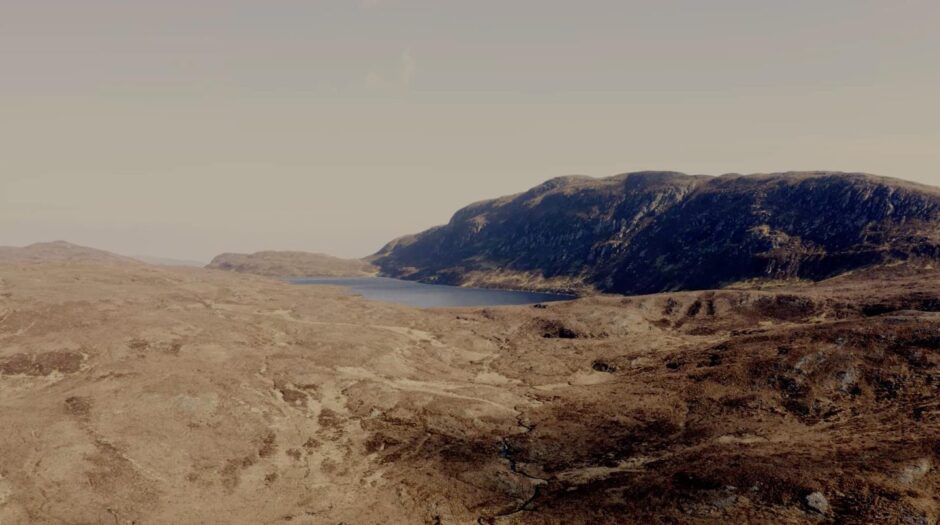The UK’s largest proposed pumped storage hydro (PSH) scheme in the UK has recruited a specialist with international experience to drive forward the “fast-track” project in the Highlands.
The appointment of Martin Lacey to drive the £2billion Glen Earrach PSH project comes as the new UK government is set to address investment barriers to large-scale storage providers, potentially in September.
Glen Earrach Energy’s (GEE’s) plans for the 2GW scheme is one of five major plans for PSH projects around Loch Ness, the UK’s largest body of water by volume.
Glen Earrach, which is Gaelic for “Valley of Spring”, is backed by the family owners of the Balmacaan Estate, which is around six miles south of Drumnadrochit.
Martin Lacey, managing director of WestGlen Consult has been involved in the successful execution and management of large hydro and PSH projects in Georgia and China.
He will take on responsibility for the “fast-track development” of the Glen Earrach PSH scheme including management of the ongoing design and ground investigation works, and the soon to start procurement process, GEE said.
GEE Director Roderick MacLeod, said: “His deep knowledge of the global PSH landscape will be invaluable as we work to deliver this critical project for Scotland and the UK. With Martin on board, we are confident in maximising the project’s positive impact on the local community and the wider economy.”
MacLeod recently met with Secretary of State for Scotland, Ian Murray, at an event highlighting the importance of hydro power for the UK’s aim’s to meet binding net zero targets.
Earlier this year Murray visited a major Swiss PSH scheme, the 900MW Nant de Drance project, with GEE and its developers Alpiq, another backer of the Balmacaan plan.
Cap and floor ‘essential’
The newly appointed Scotland Secretary delivered a keynote speech at the British Hydropower Association’s PSH event in July, outlining the UK Government’s commitment to clean energy and the vital role of PSH in achieving net zero targets.
He said: “Hydropower has a vital role to play in meeting our very ambitious targets and guaranteeing Scotland and the UK’s energy security in the years and decades to come.
“The new government will invest in long term energy storage to ensure there’s sufficient zero emission backup power and storage to guarantee that security of supply.”
The previous Conservative government issued a consultation on plans to implement a “cap and floor” investment framework for long-duration electricity storage including pumped storage hydro.
The proposal involves a cap on revenues over which excess is shared with consumers with the floor offering a guaranteed amount of revenue, with an operator receiving government support of it falls below this.
Scottish Renewables and the British Hydropower Association have previously suggested that the technology could help deliver cost savings of up to £680 million per year by 2050.
A report by Biggar Economics commissioned by Scottish Renewables said the industry backs cap and floor, which has already been successfully introduced for interconnectors and would “reduce risk and incentivise investment”.
Earlier this week, SSE announced plans to press ahead with the 1.8GW Fearna Pumped Storage Hydro project on the Loch Quoich reservoir in Lochaber as the chance of funding mechanism looks set to go ahead.
The outcome from the cap and floor consultation could come as soon as September, 2024, with the first application window for projects potentially opening in 2025
MacLeod said the : “The Secretary of State’s reaffirmation of the 2030 target for cheap, clean power generation, and his acknowledgment of pumped storage hydro’s pivotal role in Scotland’s green energy leadership, is extremely encouraging.
“His recognition of the need for a robust policy framework to unlock PSH’s potential in the UK is essential.
“We look forward to working closely with the UK government to develop a cap and floor mechanism that optimises grid benefits, consumer value, the environment, and community impact.”
Recommended for you




 © Supplied by Glen Earrach Energy
© Supplied by Glen Earrach Energy © Supplied by Glen Earrach Energy
© Supplied by Glen Earrach Energy






